Importance of Webb Estate
The significance of the Webb Estate in Town Planning and Landscape history lies not only in Webb’s theories and the extreme care taken in their execution but in the early date of their conception.
Webb’s experiment not only pre-dates the garden city of Letchworth and the garden suburb of Hampstead but essentially springs from a different tradition of planning; the Garden Cities are the descendants of the paternalistic 19th Century industrial housing estates such as Saltaire in Bradford or Bournville in Birmingham.
William Webb was essentially a speculator and his Estate was developed specifically as a London suburb, intended for residential purposes only and containing none of the industrial provision of Letchworth or the communal facilities of Hampstead Garden Suburb. The Webb Estate belongs to the tradition of the 1830’s and 1840’s, that of large suburb building, in the wake of the success of Regent’s Park.
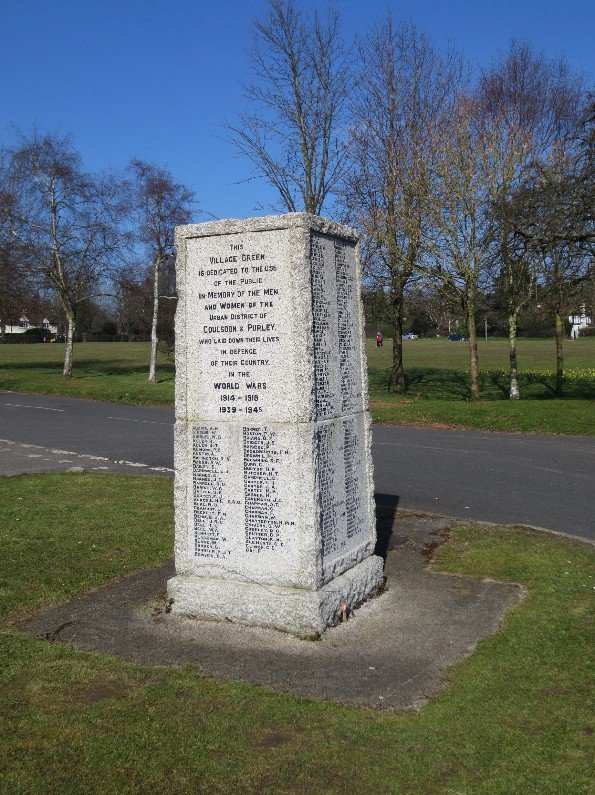
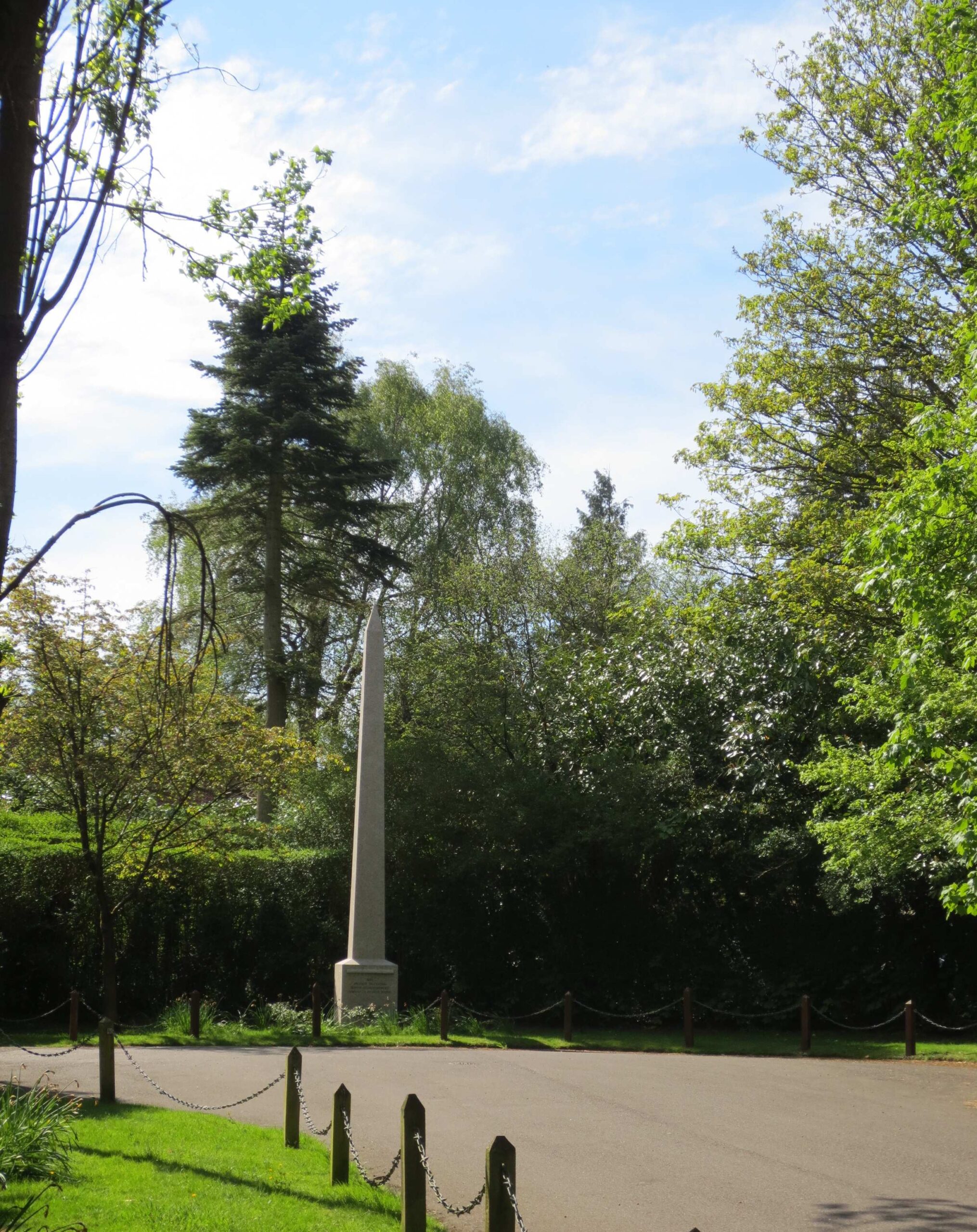
The particular historical importance of the Webb Estate lies in this tradition, allied to Webb’s own theories of ‘Garden First’. Webb’s ideas grew out of the influence of the Arts and Crafts movement on Garden Design at the turn of the Century. William Robinson, an eminent horticulturist, who considered that it was the function of the architect to design a house that would fit into the garden rather than vice versa, stated these in their most extreme form. The most famous example of this is the house by Edwin Lutyens at Munstead Wood, which fitted into the garden already landscaped by Gertrude Jekyll.
Thus, though the individual houses of the Webb Estate are generally attractive and pleasant and include some good neo-Georgian and half-timbered examples, it is the overall concept and execution and the generous and imaginative planting which is most impressive and which merit the designation of Conservation Area status. To protect his design Webb introduced a complex series of restrictive covenants relating to both the buildings and the landscaping and these have helped to retain the integrity of the Estate to a very large degree.
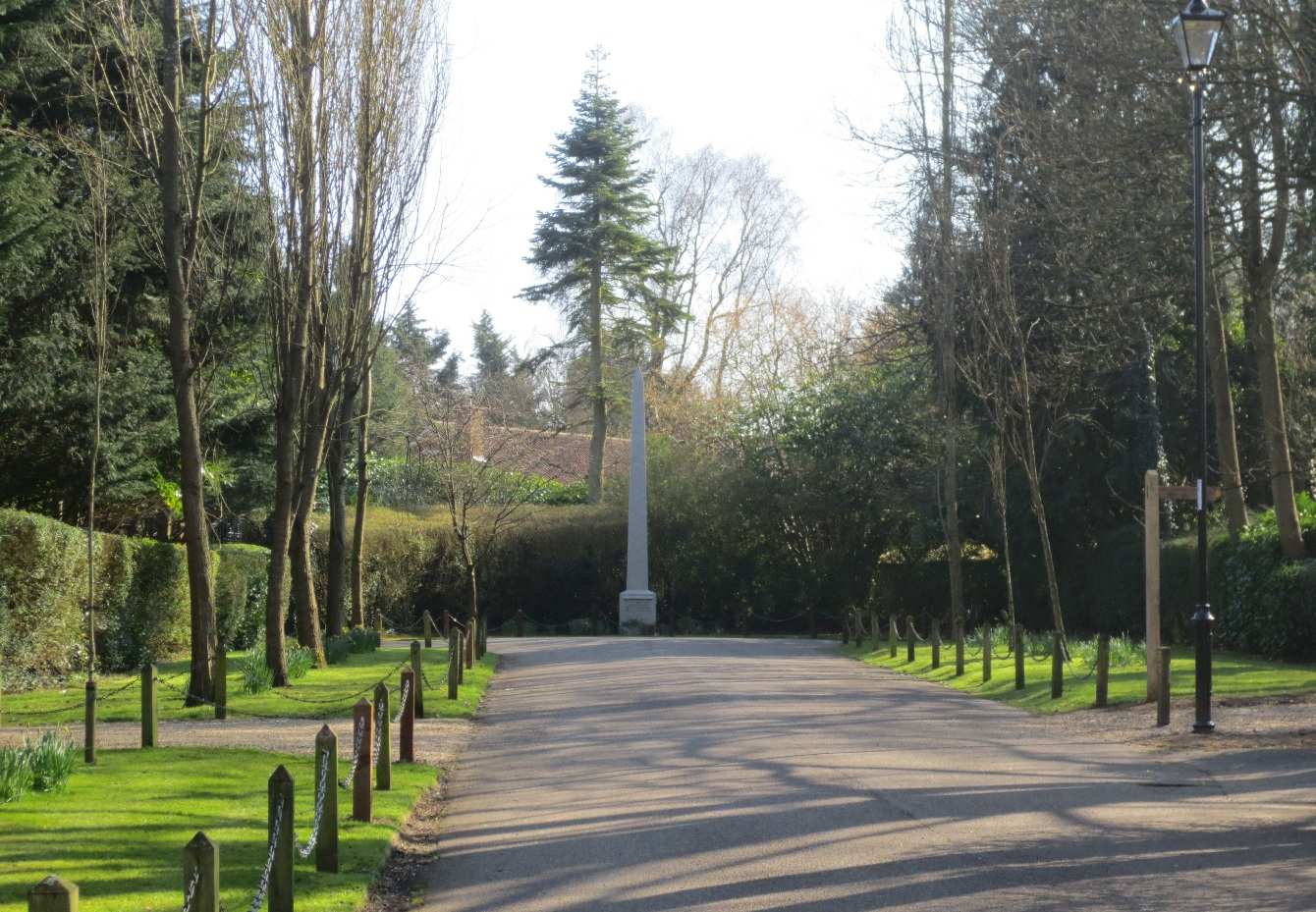
Webb Estate - Then and Now
Origins & History
The Estate covers about 260 acres to the west of Purley town centre. William Webb, a local estate agent, purchased the site in 1888 and proceeded to develop it according to his own theories of housing development. He later explained these in his book ‘Garden First in Land Development’ published in 1919. He suggested that ‘the occupiers of houses (should) not only have the enjoyment of their own premises in desirable seclusion, but that, both from their own upper windows and when passing along the roads, it may appear as though they are one large garden of which their own holding is a part’. Webb established the planting of trees and shrubs and the layout of other landscape features well before the first houses were built. His dream of a Garden home for City men received a great boost in 1901 when the Croydon Municipal Tramways reached Purley bringing the Estate to within comfortable commuting distance of London. Upper Woodcote House, completed in 1903, was the first dwelling on the Estate and was Webb’s own home. Also in 1903 a model village was laid out in the south-western corner of the Estate.
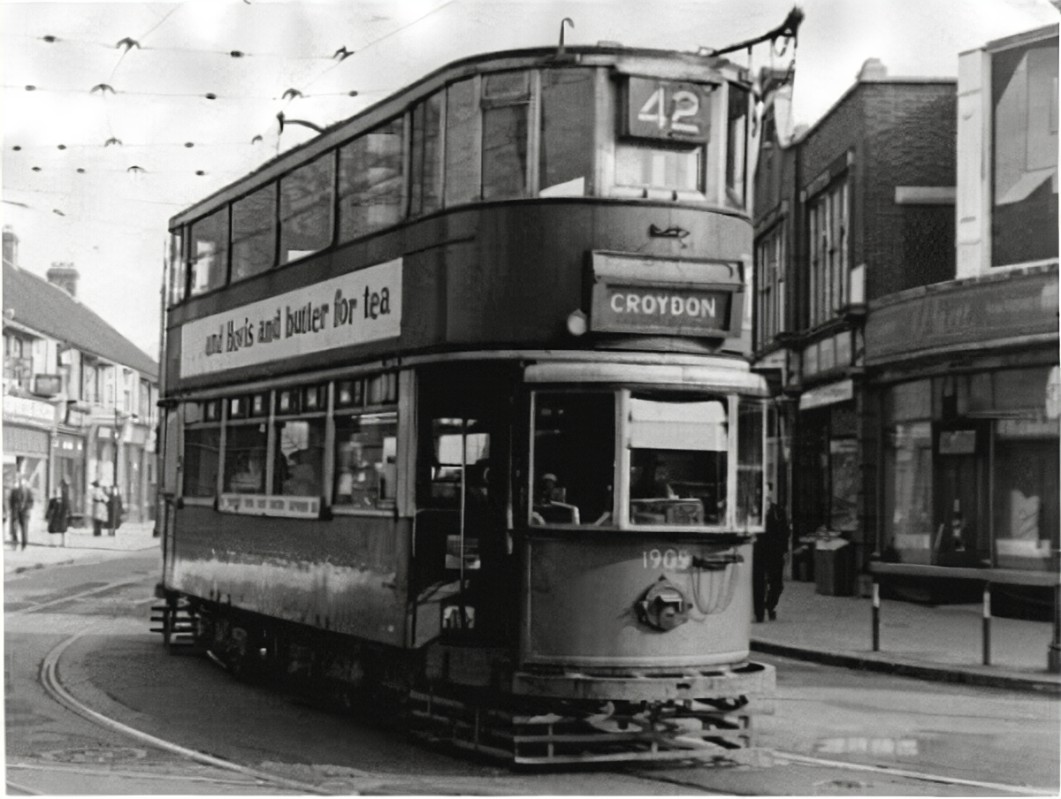
The four acre green at its centre is encircled by a road, Upper Woodcote Village, outside of which are the houses. Situated at one corner of the green is The Lord Roberts, a post office and general store (now a tea shop). The whole green was passed in perpetuity by William Webb to Croydon Council to be a War Memorial with the inscribed granite pillar bearing the names of all those who fell in the then Urban District of Coulsdon and Purley. Following the creation of the Green and its surroundings the roads of the Estate were gradually developed.
Certain roads were developed according to a specific planting scheme. Rose Walk was laid out in 1907 in accordance to Webb’s principles of gardens first, and plots were offered for sale in 1911. Extensive preparation of the soil was carried out, and 6,000 roses comprising 400 varieties were planted. Silver Lane followed and was planted with four and subsequently thinned to two rows of Silver Birch trees carpeted with bulbs and wild flowers. The houses followed only when the landscaping had partially matured. In 1912 The South Border was completed with an herbaceous border in front of each plot and over the next eight or so years Furze Hill, Furze Lane, Woodcote Lane and Briar Hill were completed.
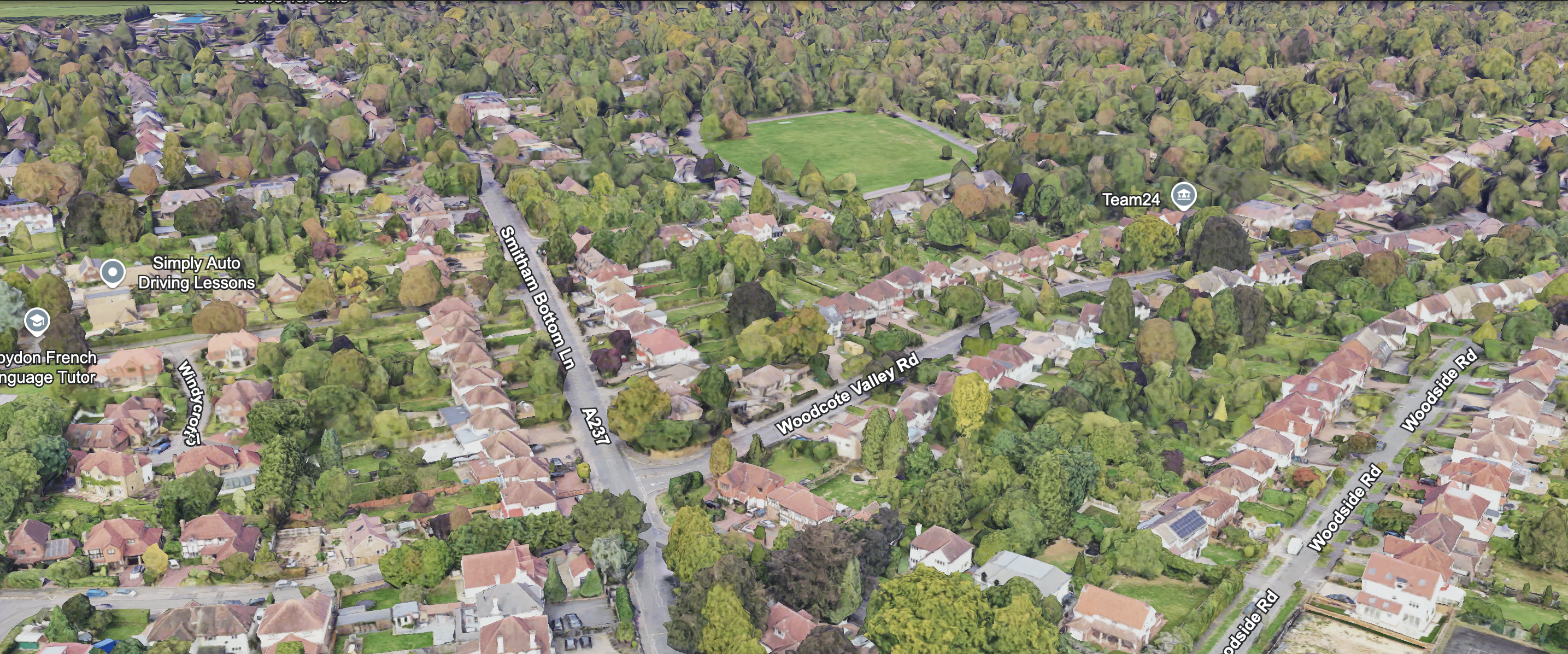
Webb Estate Today
The Webb Estate comprises some 234 houses, a private Junior and Nursery school, two war memorials and a tea shop. The Webb Estate has many attractions. It is a tranquil environment, and the layout offers householders privacy and seclusion. The roads are quiet and children can play or cycle in relative safety. It is also stable – William Webb wished to protect his development so that it would retain its character. There are covenants that restrict development, and the construction of multi-occupation dwellings, and extensions close to the boundary lines or the roads are not permitted.
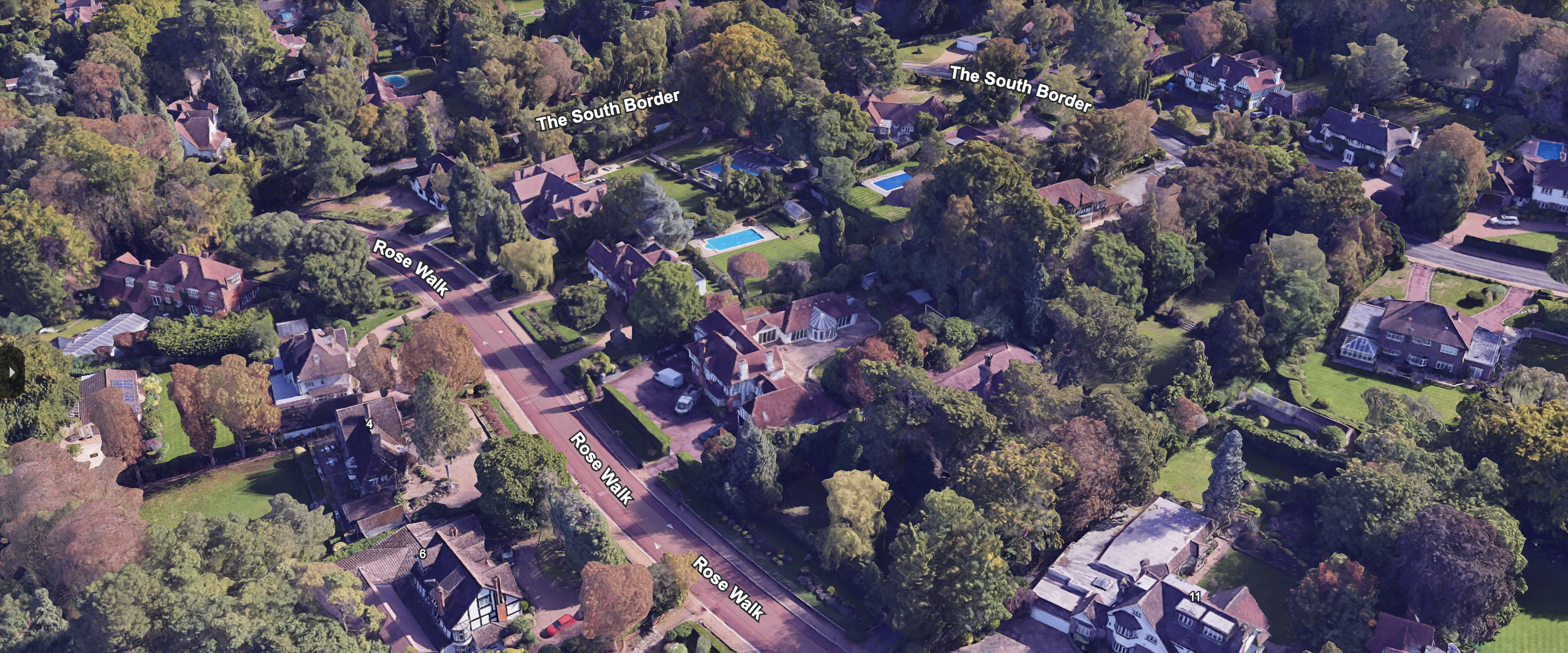
These covenants are reinforced by the designation of the Estate as a conservation area. The roads are unadopted and are maintained by the residents who pay an annual levy to their Road Association which organises repairs and periodic resurfacing, as well as routine cleaning. The Road Associations also act as a social forum, organising barbecues and welcome events for new residents. Residents of the houses on the Estate have freehold ownership of their individual plots. In 1999 ownership of the roads and verges on the Estate (and the benefit of restrictive covenants) were acquired from the Webb family by Webb Estate Limited (WEL) a private company owned by around 90% of the residents. All new residents are able to purchase shares of WEL. The trees on the Estate (mainly native species, many over 100 years old) are a particular asset of the Estate and are specially protected. The removal, lopping, felling or major pruning of trees without consent can result in substantial fines being levied by Croydon Council
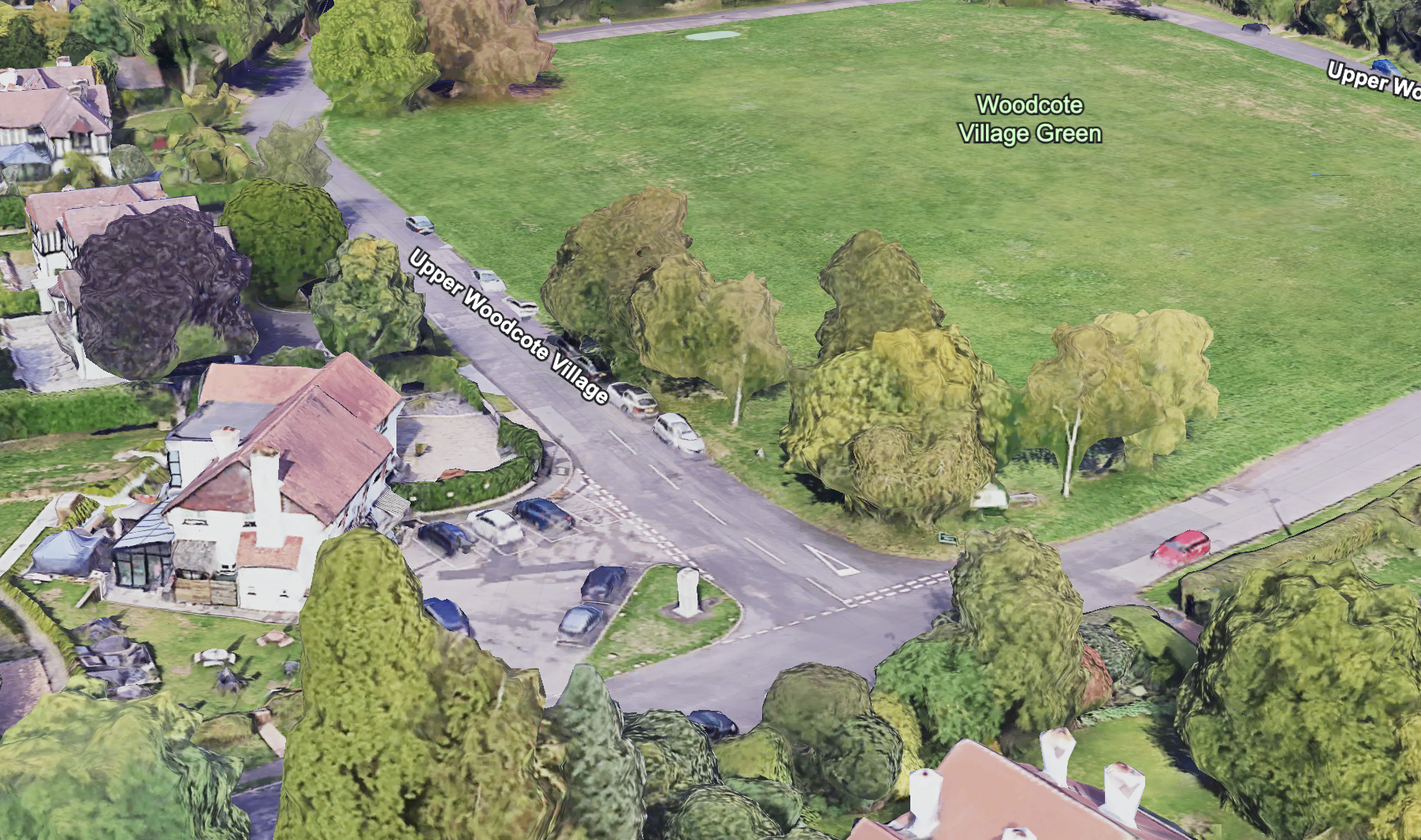
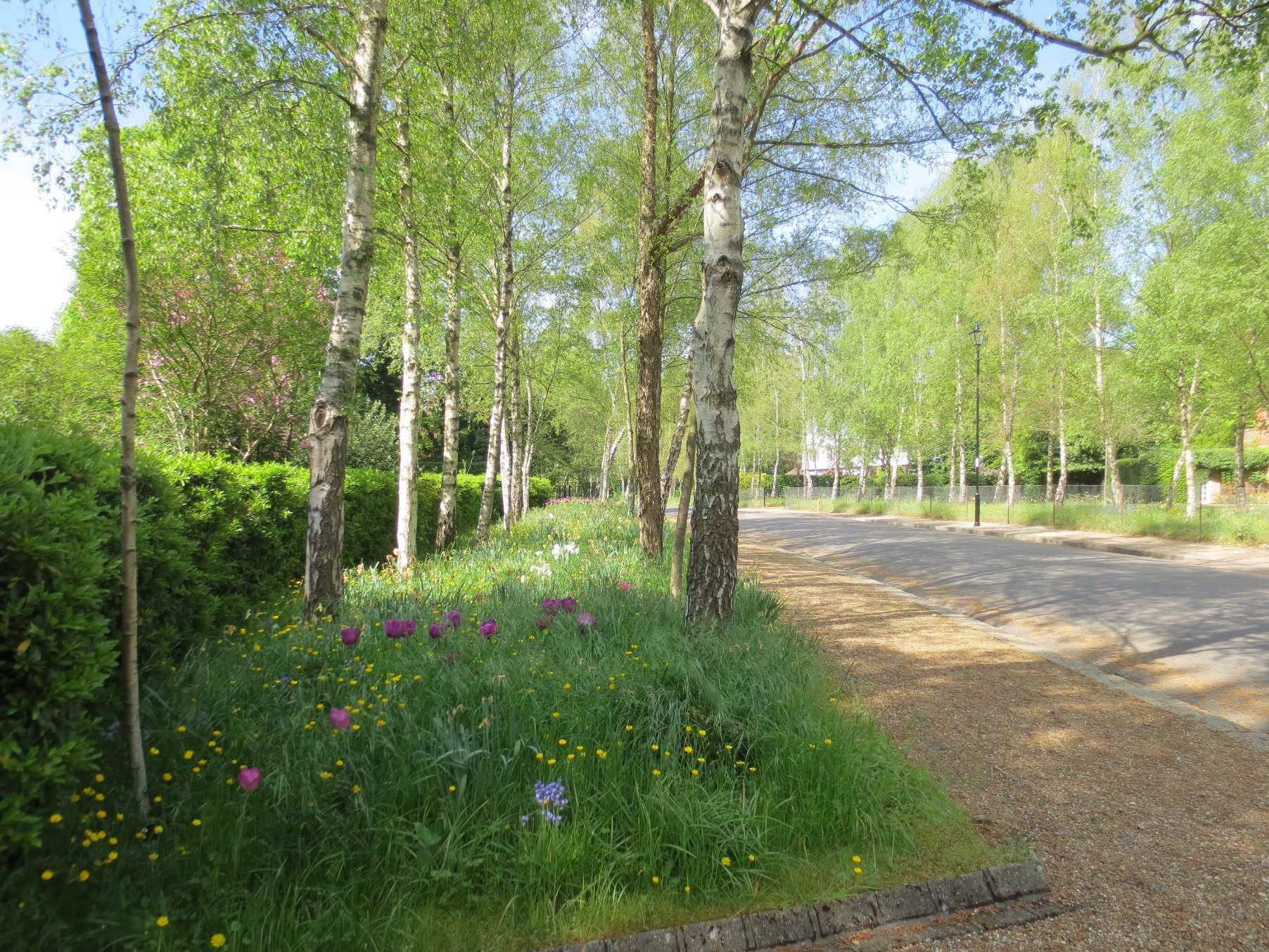
Safety & Security
The Estate is a very safe, low crime area with no record of disorderly street violence such as assault, personal robbery (muggings), bag snatching and similar offences. It has a very active Neighbourhood Watch Association which circulates security information efficiently and to good effect in keeping the incidence of crime low, as well as encouraging residents to keep an eye on each others’ properties
Another example of this community spirit is that there is very little litter evident on the Estate because, in the absence of local authority street cleaning, it is picked up and disposed of, usually anonymously, by community-spirited residents to whom we are all grateful. Similarly, any graffiti is quickly removed. This communal concern for others makes the Estate a very agreeable place in which to live. (See “The Residents’ Code”).
Conservation Area Status
The Council designated the Webb Estate as a conservation area in June 1983. This followed the designation of the Upper Woodcote Village area as a conservation area in November 1973 and action by local residents and other bodies over many years to extend the protection to a greater proportion of the Webb Estate
The designation of the Webb Estate as a Conservation Area places certain statutory obligations on both the Council and the residents. The main such obligations are as follows:
- In the exercise of its powers, particularly those of planning control, the Council is required to pay special attention to the preservation and enhancement of the character and appearance of the area
- No building (except those minor buildings exempted by Regulations) may be demolished without consent
- Any application for planning permission, which would affect the character of the Conservation Area, has to be advertised by the Council, in the local newspaper and on the site.
- Felling, topping or lopping of trees is prohibited unless six weeks prior notice is given to the Council
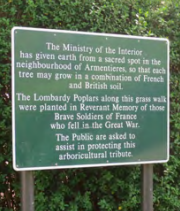

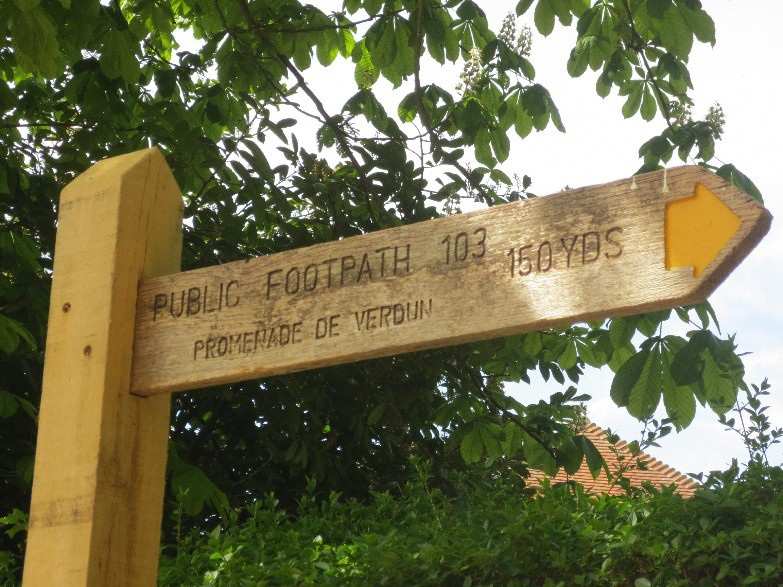
In applying its statutory powers, the Council will operate policies which are designed to ensure that the special significance and character of the Webb Estate are retained. The intention of these policies is not to inhibit development on the Estate but to ensure that it respects the character of the area. There will be two main areas of concern within these policies, those directed towards the built environment and those designed to protect landscape features
- Permission will not normally be granted for development, which would involve the sub-division of existing single plots. In exceptional circumstances, sub-division may be allowed where it does not unduly affect the character of the area.
- The Council will normally expect to receive detailed planning applications for all proposed development throughout the area. Where outline applications are received the Council will be prepared to use its power under Article 3(2) of the Town and Country Planning (General Development Procedure) Orders 1995 to require the submission of detailed plans and drawings of the proposed development (including elevations which show the new development in its setting). Applicants and their Agents are advised to discuss their proposals with the Council’s Officers at an early stage.
- Any additional building should respect the setting of existing buildings within their respective plots. Particularly important is the relationship between the proposed building and its plot boundaries.
- Where Webb specified a planting scheme for a particular road the Council will encourage the occupiers of the properties to maintain that scheme

